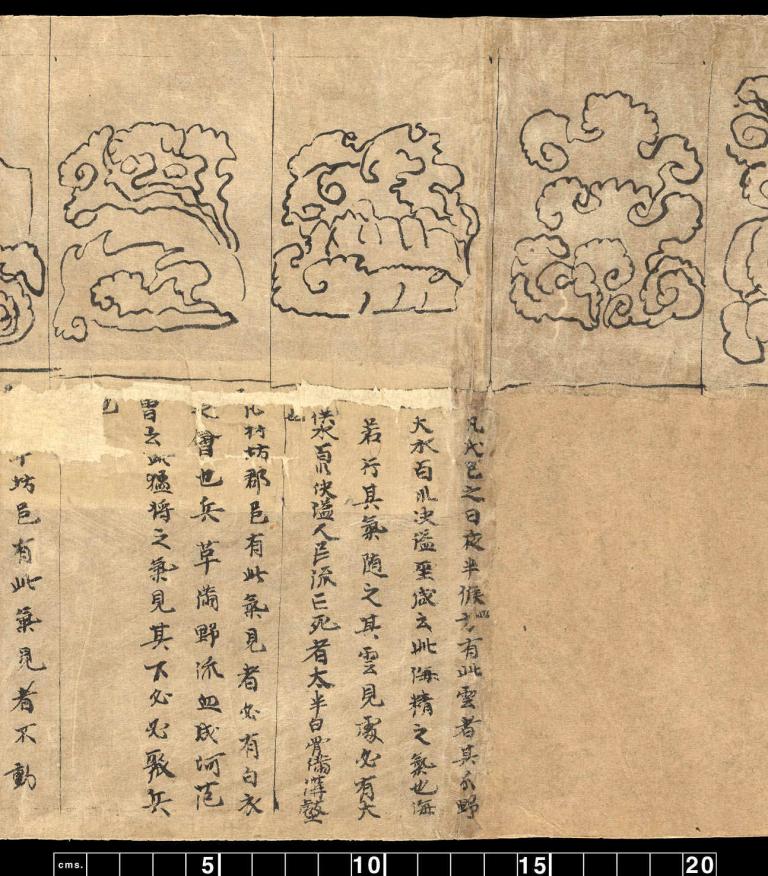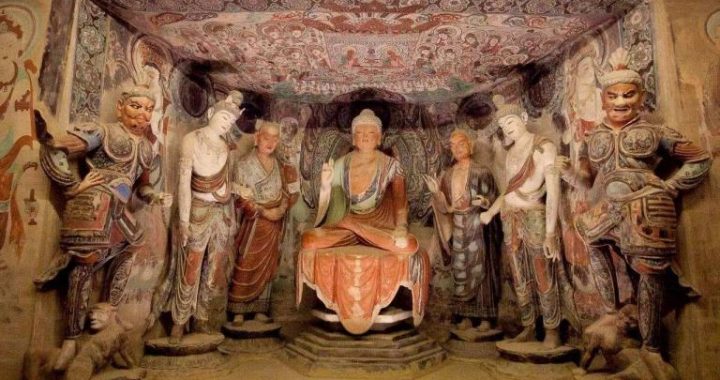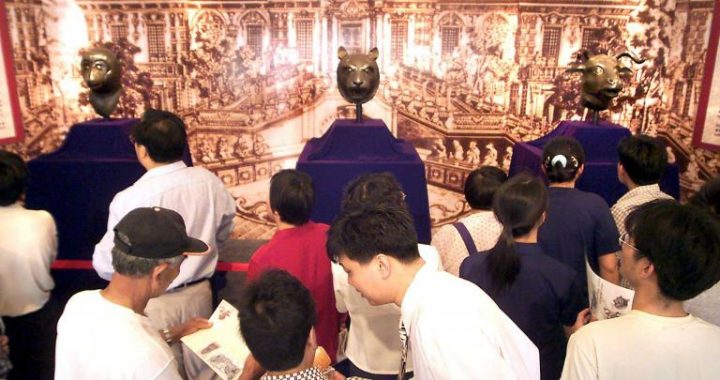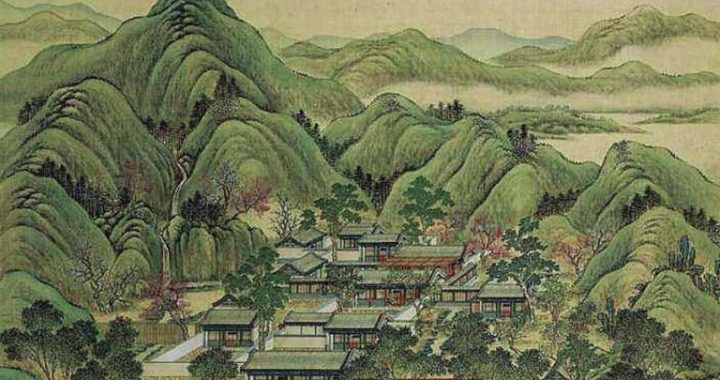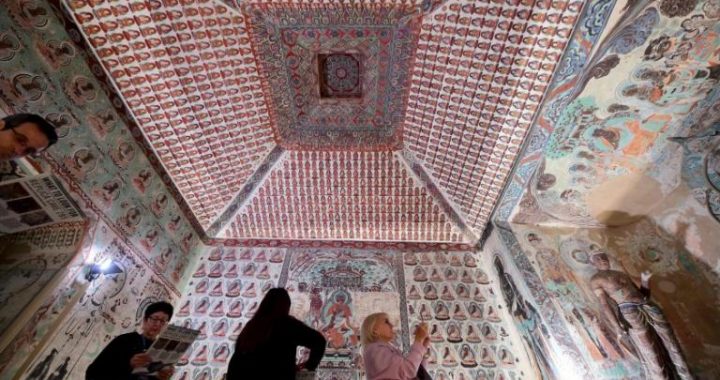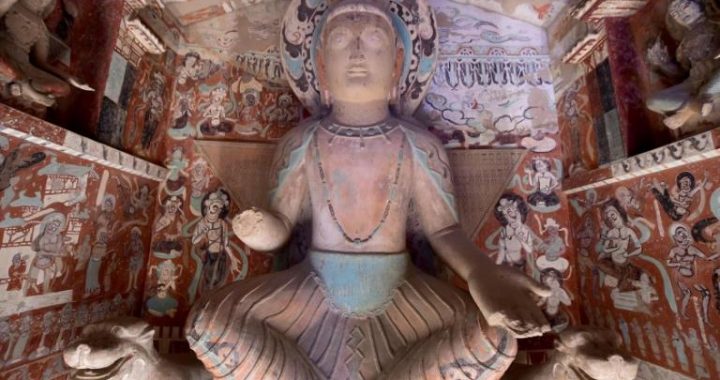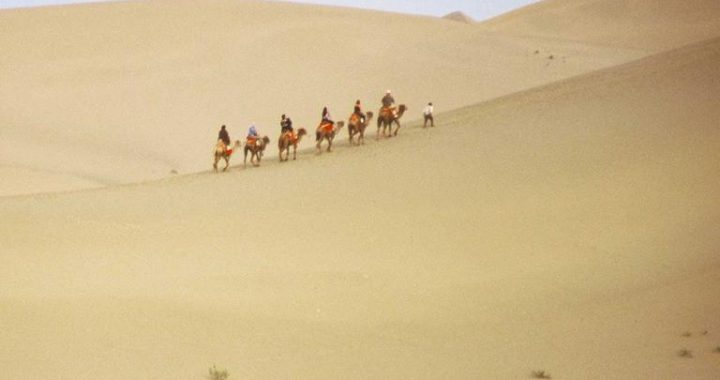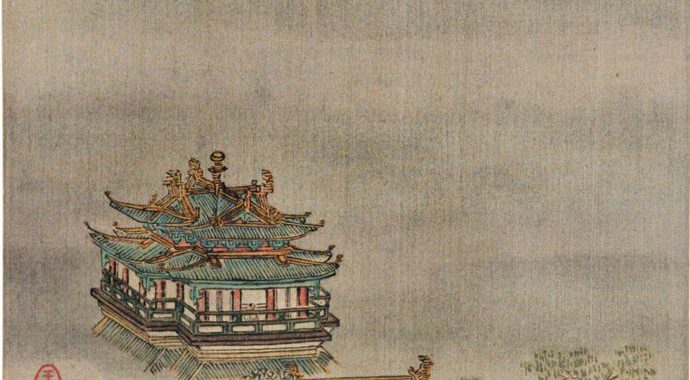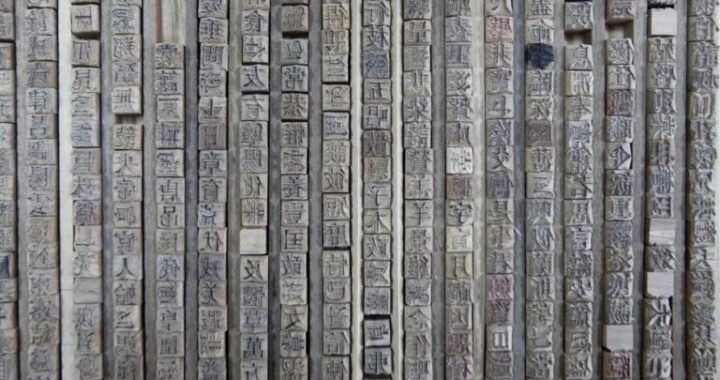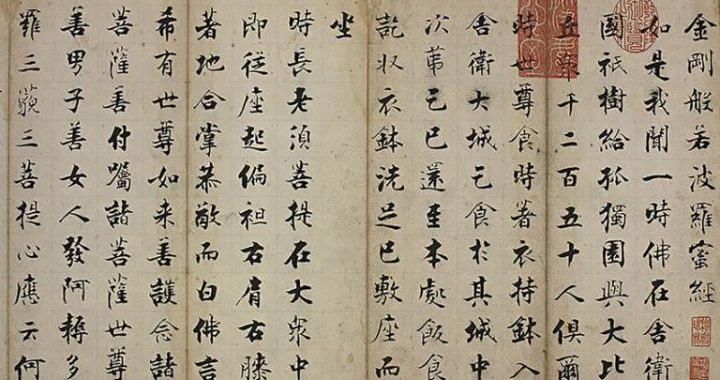A Survey of Dunhuang Manuscripts
2 min readOn June 22,1900,a Taoist priest named Wang Yuanlu was having sand cleared out of the present-day Cave 16 of the Mogao Grottoes when suddenly he discovered in the north wall of the passageway another cave(current Cave 17)hidden by murals painted between the Five Dynasties and the Song.Inside the cave were piles of scriptures and documents of from the 4th to 1lth centuries.They are the Dunhuang Manuscripts that would soon shock the world cultural and academic circles.
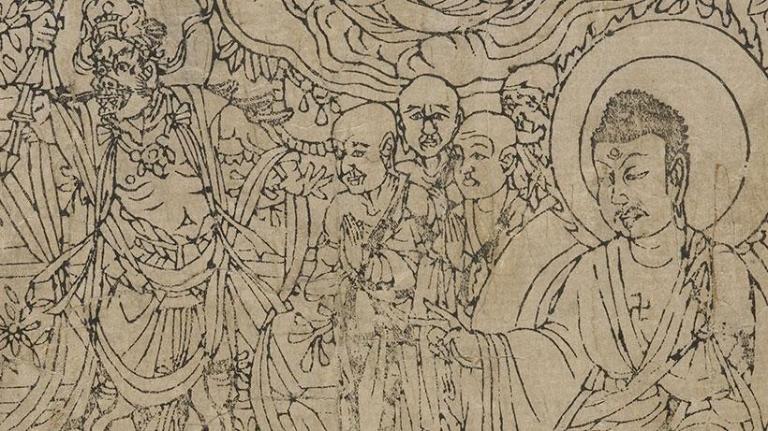
A Survey of Dunhuang Manuscripts
As far as content is concerned,Dunhuang manuscripts may be said as all-inclusive,and most of them are Buddhist scriptures,taking up approximately 90%.Other religious documents include Taoist,Nestorianist(Christian)and Manicheist books.Non-religious documents,though not large in amount,are very rich in content,involving ancient politics,economy,military affairs,geography,society,nations,language,literature,fine arts,music,dance,astronomy,calendar,mathematics,medicine,physical education,and so on.According to inscriptions and notes kept in these manuscripts,the earliest known dating is found in Vimalakirti-nirdesa-sutra(393)copied by Wang Xianggao of Later Liang and collected in Shanghai Museum,and the latest known dating is the fifth year of Xianping(1002)of the Northern Song,found in”Postscript to the Sutra Copying by Cao Zhongshou,King of Dunhuang”.The span between the two documents is over 600 years.
Most manuscripts were handwritten or copied in the later period of Tang,the Five Dynasties and the early Song,and there is a small quantity of printings and rubbings.There is a large variety of bindings,including virtually all forms applied to ancient books.A great majority of them are in scrolls,other forms of binding include pothi,concertina binding,whirlwind binding,early butterfly binding and wrapped-back.The Dunhuang documents are mostly in Chinese;however,there is a considerable collection in scripts of Western Regions and Tibetan language;and others in the languages of Huihu,Khotan,Sogdian,and Sanskrit.
The Dunhuang manuscripts were all the original records of the contemporary political,economic,and cultural life by the people,most capable of objectively reflecting the social reality,involving almost all aspects of social life,therefore arecalled the”ocean of learning”and”an encyclopedia”of China’s medieval social life.A great part of the”documents”are fragmentary,but they are the only official archives as well as secular and monastic files of the Wei,Jin,Sui,Tang,Five Dynasties,and the early Song dynasties.Analysis and research of these documents will enable us to further understand this part of history.Therefore,the Dunhuang manuscripts are of important academic value to the study of social,economic,and cultural history of this country from the Wei to Song dynasties.
